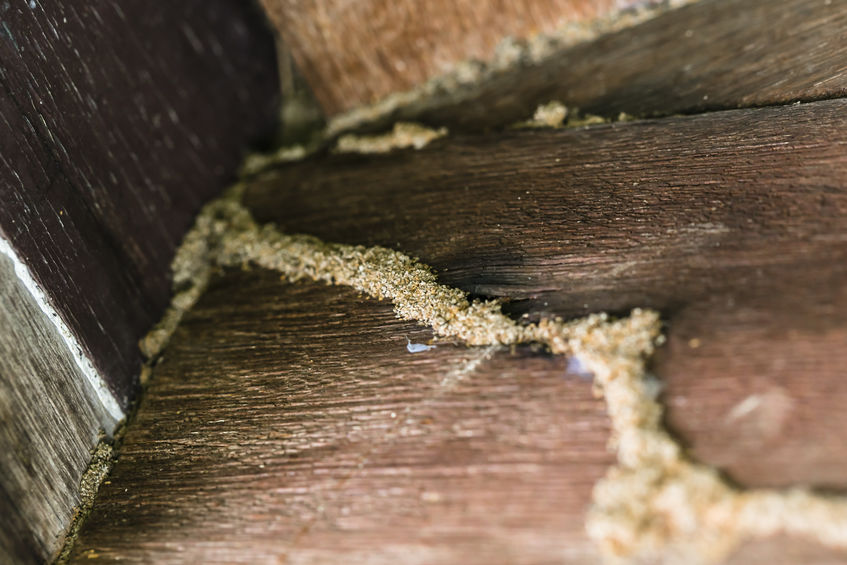Cellulose is the organic plant compound that termites rely on as their sole source of nutrition. Cellulose is most abundant in the hard cell walls of plants, and it’s the compound that gives plants structural strength. Cellulose is most abundant in stems and wood, and it’s relatively slow to decompose. Termites are considered ecologically important organisms because they break down cellulose in dead plant matter, which allows for the continued growth of vegetation. Termite pests that eat structural wood in homes account for a small minority of all documented termite species, but there is still more than enough termite pests to cause billions of dollars in structural damage annually in the US alone. Termites are well known for damaging a variety of non-wood materials in their effort to reach structural lumber within homes. Some of these materials include plaster, insulation, paper, plastic, vinyl siding, and fabrics. Given their appetite for wood, many homeowners are naturally concerned about the mulch in their yards attracting subterranean termites.
Surprisingly, there are very few studies that have explored the topic of subterranean termite attraction to landscape mulches. One study on the topic determined that subterranean termites will indeed feed on mulches around homes, but whether or not yard mulch increases the chances of termite infestations in structural wood remains largely unknown among scientists. The above mentioned study tested six common landscape mulch products to see which would be consumed by eastern subterranean termites. Five mulch products were sourced from different tree species, while a sixth was a “utility” mulch. Utility mulches are often given away for free by local governments, and they consist of a variety of wood scraps. According to the results, of the six mulches tested, subterranean termites preferred utility mulch more than any other mulch product. This mulch was known to contain both red oak and black cherry sapwoods, which other studies have been confirmed as being vulnerable to termite attacks. Subterranean termite workers also readily fed on pine and cypress sapwood mulches, but not cypress heartwood or Melaleuca mulches. Many heartwood species are repellent or even toxic to termites, and other studies have demonstrated that both Melaleuca mulch and lumber is highly resistant to subterranean termite attacks.
Have you ever found signs of subterranean termite activity in your landscape mulch?

